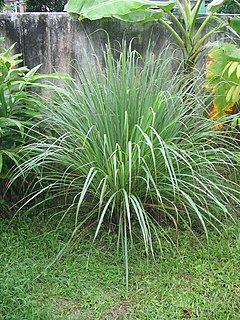
Yor (Noni) or Morinda citrifolia Linn. is a tropical plant native in Southeast Asia.
It is known to the people as a beneficial food. Typically its fruit's juice is taken as a drink to enhance bodily function and support overall good health. It is widely known as the "Aspirin of the Ancient". It's been successfully used for over 2,000 years in Polynesia, China India and elsewhere and grows best wherever there is pollution free volcanic soil. Botanically the fruit is called: Morinda Citrifolia. It grows on a shrub type tree and the size of the fruit is about the same size as a medium avocado pear. The skin has warts on it similar to a pomegranate. The shrub shows fruit some 10 months after planting. There are so many scientific and medical reports concerning about its beneficial properties as:
- Immunomodulator
- Antimicrobial
- Analgesic
- Antimutagenic
- Anti-inflammatory
- Adaptogen
- Anticancers
- Anti-ulcers
Scientific reports have been published on the therapeutic health benefits of Yor (Noni) especially with regard to its remarkable anti-cancer and analgesic properties. The extract inhibited inflammation by 99.38%, making it more effective than Pfizer’s best selling anti-inflammatory drug, Feldene (PIROXICAM) that inhibits inflammation by 99.12%. Some of the vital phyto-nutrients contained in Noni that provide nourishment to cells, tissues and organs, fight free radicals, ward off disease, and potentially mitigate or reverse the effects of aging and pollution are:
- Polysaccharides: stimulate and modulate immune system
- Selenium: an important anti-oxidant
- Anthraquinones: antiseptic and anti-bacterial, anticancers, stimulate T-cells to kill cancer cells, prevent DNA damage
- Scopoletin: anti-inflammatory, anti-histamine, anti-fungal, and anti-bacterial
- Terpene: detoxicant agent.
- Limonene: taste bitter but a cancer fighter
In Thailand Yor leaf has been used for cooking for many kinds of dishes; for example:
Hor Mok Pla Chawnn Bai-Yaw (Steamed Serpent Fish Curry with Indian Mulberry Leaf (Yor leaf))
Chilli paste (50 g.)
Krachai (finger root) (20 g.)
Coconut milk (200 g.)
Fish sauce (5 g.)
Eggs 1 egg
Mulberry leaves (no vein) (60 g.)
Sliced kaffir lime leaves (1 g.) (topping)
Sliced red chilli (1 g.) (topping)
Coconut Cream for topping
Coconut milk (75 g.)
Rice flour (2 g.)
* 30 grams = 1oz. , 1kilogram = 2.24 lbs.
2 cups, 60 g each* Serve size 4 persons
- Pound krachai (finger root) until fine, add chilli paste, mix thoroughly.
- Mix chilli paste with 2 cups of coconut milk, add fish fillets, cut into thin slices, toss, add the remaining coconut milk a little at a time, seasoning with fish sauce, break the egg, stir well.
- Line bottom of the banana leaf cups with 6 g of mulberry leaves, fill each cup with 55 g mixture (35 g fish meat + chilli paste).
- Prepare coconut cream by dissolve rice flour in coconut milk, bring to a boil by using lower heat, stir until sticky, allow 4 minutes.
- Heat steamer until boil, line the cups in the tray, steam for 15 minutes,
- Drop 1/4 teaspoon (24 g) coconut cream on the top, sprinkle each with kaffir lime leaves, chilli and steam 2-3 minutes more.


